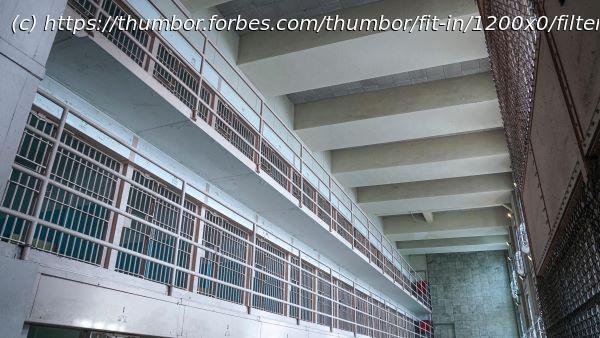Across the country, states are leveraging federal dollars from the American Rescue Plan Act’s sizeable and flexible State and Local Fiscal Recovery Funds to invest in programs that will reduce the country’s overreliance on prisons.
By Nicholas Turner, President & Director, and Kate Kahan, Director of Federal Policy, Vera Institute of Justice Across the country, states are leveraging federal dollars from the American Rescue Plan Act’s (ARPA) sizeable and flexible State and Local Fiscal Recovery Funds (SLFRF) to invest in programs—like community violence interventions and behavioral health support and diversion programs —that will reduce the country’s overreliance on prisons. Alabama, however, has taken the opposite approach, injecting $400 million intended for COVID-19 relief into a new mega-prison construction plan. Building more prisons violates the guiding purpose of the American Rescue Plan (ARP): to foster a strong and equitable recovery that will uplift the communities most impacted by the pandemic—namely, low-income communities and communities of color. It’s clear that we need stronger federal funding guidelines that point local governments toward a path of justice driven by community input and equitable outcomes across race, ethnicity, and socioeconomic status. Although Alabama prisons are notorious for their staggering rates of violence, the state’s problems are far from unique. As is the case for many prisons nationwide, Alabama Department of Corrections (ADOC) facilities are severely overcrowded and understaffed, which has bred a pervasive culture of indifference where incidents of violence are commonplace yet routinely ignored, misreported, or even encouraged by prison staff. Since 2016, the U.S. Department of Justice (DOJ) has engaged in multiple investigations of ADOC and urged the state to reexamine its disciplinary processes and explore the feasibility of transferring incarcerated people to non-ADOC facilities.
Home
United States
USA — Financial States Shouldn’t Be Using COVID Relief Money To Build More Prisons






